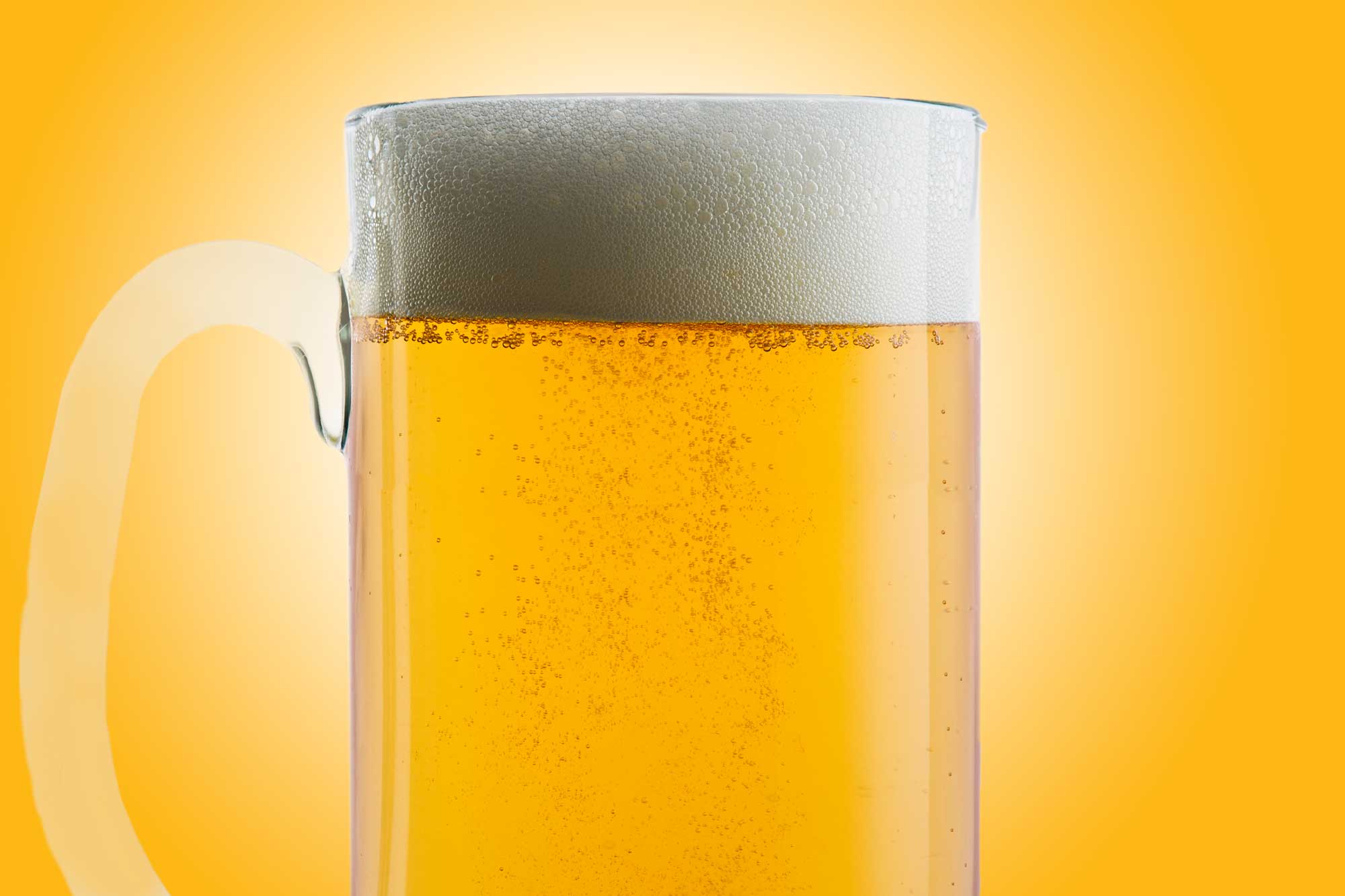
Helles is a challenging beer to get right—but once you dial it in, you’ll have one that just about everyone likes to drink. It’s simple, but simple can be surprisingly hard to get right, especially when there is nowhere for mistakes to hide. That makes Munich-style helles a real challenge—but it’s one that you should embrace. If you can lock down the grist and ferment it cleanly, even your most skeptical friends will be coming back for another liter.
Style: Helles should be a showcase of pilsner malt. Easy, right? Wrong. The malt is the easy part—so what about the rest? Despite being light and pale, this beer isn’t a flavor pushover. Besides the malt’s bright, honey-like flavors, we should also smell some restrained Noble-hop character, reminiscent of flowers and herbs, and taste noticeable bitterness. Think medium-low bitterness, medium-low hop flavor, and a dry finish—but not too dry. We don’t want the bite of a good German-style pilsner. This style takes finesse. It also takes trust in your recipe and your process.
Ingredients: The classic Bavarian examples rely entirely on pilsner malt—but they also typically rely on decoctions and generations-long relationships with growers and maltsters to get exactly the specs they want. We’ll use a base of pilsner malt, but we’ll round it out with a bit of Vienna and an even smaller bit of Victory to add a touch of richness—no more, because we want to keep it refreshing. Those additions may seem like ornamentation, but without them you’ll find that the beer seems too basic and spare.
More than you’d expect, this beer also relies on hops to a remarkable degree—namely, Hallertauer Mittelfrüh, with its characteristic spicy-floral nose. While normally going for pellets, I make an exception here and go whole-leaf for a finer character—you’ll notice the difference—with additions at 60 and 10 minutes to get our bitterness and subtle flavors. You can adjust those as needed on future batches to dial in the gentle but noticeable hop character. For the yeast strain, Wyeast 2308 Munich Lager ferments a bit more fully than other strains, aiding the impression of dryness.
Process: If there’s one thing that can wreck this beer, it’s diacetyl. We’ll start fermentation cool, at about 50°F (10°C), and ramp it up for a diacetyl rest once we’re about halfway through primary (about 1.022 or so). To be sure, you can do a forced VDK test before cold crashing and packaging. You’ll want to carbonate this to about 2.25 volumes of CO2, erring on the high side. A lack of carbonation can really kill this beer, making it taste flabby and dull.
Ultimately, trust yourself and your process. Once you have the recipe locked in, if your process is consistent and your ingredients are fresh, you can make this beer sing on command. A Bavarian helles is truly one of the world’s great beer styles, and you’ll find that it can win over the biggest doubters of pale lager, or of homebrew.







